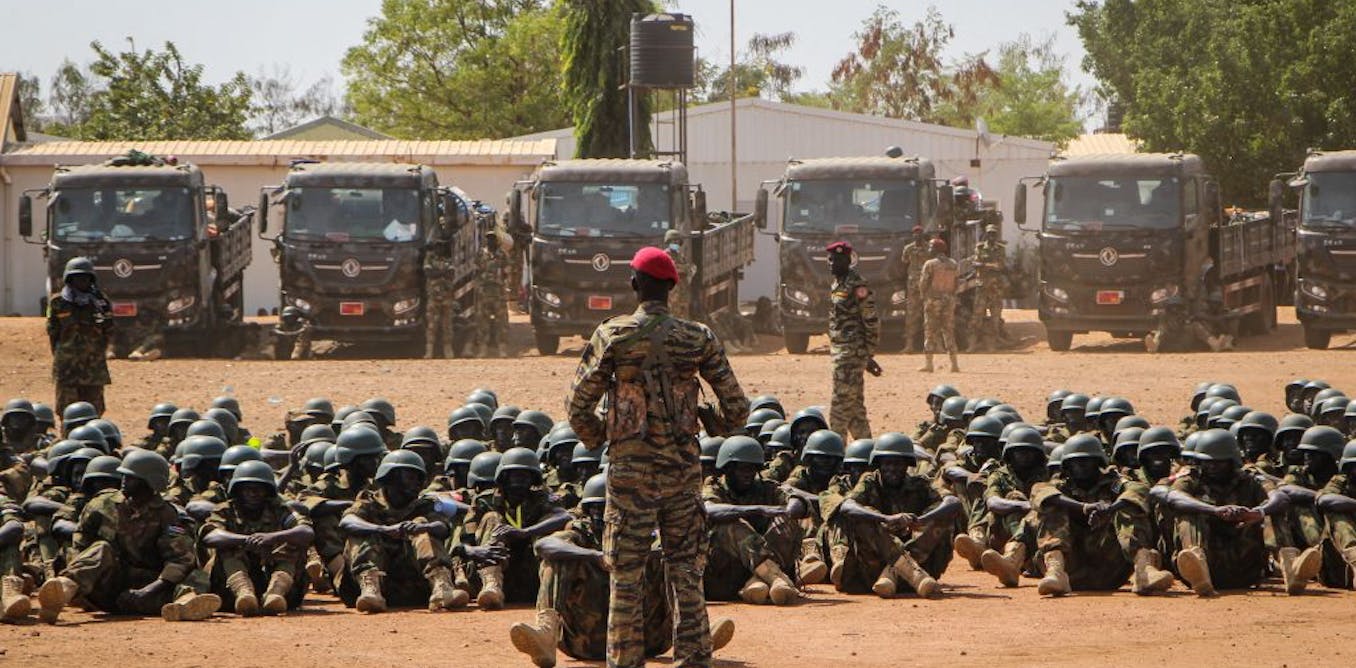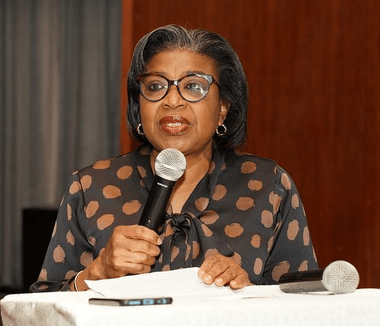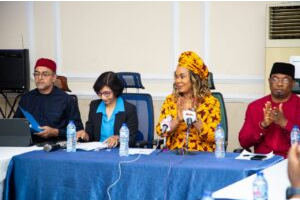The UN Group of Experts on the Democratic Republic of Congo’s 2023 mid-term report reduces the very complex causes of violence in the eastern part of the country to inter-communal violence. This widely disregards armed groups’ motivations to resort to violence.
This narrow approach will perpetuate the cycles of violence in a country whose population hasn’t known peace for three decades. A failure to account for the other major reasons for the conflict in the experts’ brief to the UN Security Council could lead to the adoption of inappropriate measures to stabilise the DRC.
I have researched the micro and macro causes of conflict in eastern DRC since 2017 to understand the motivations of individuals, groups and communities. In my view, most of the violent confrontations are consequences of the legacy of colonialism, state fragility and dysfunctional and corrupted security services.
From South Kivu to North Kivu and Ituri in the eastern region, the legacy of colonialism has categorised local communities into native and non-native. This has created conflict along the lines of belonging and its associated rights. The Congolese state hasn’t tackled this issue – and state authority is absent in many areas.
The Congolese army is largely dysfunctional and corrupted. It’s among those feeding violence at local levels. It has failed to protect civilians and picked sides in inter-community violence.
Inside the report
In recent years, the UN group of experts has narrowed all this complexity into inter-communal violence, with limited details on what drives it. Yet the mandate of the group – established in 2000 – is to investigate and analyse connections between resource exploitation and the persistence of conflict. Its reports should help the UN understand the bigger picture in eastern DRC.
This latest report highlights five major events:
Violence in the west: Maindombe, one of the western provinces, had appeared to be more stable than the north and south Kivus and Ituri in the volatile east. But it’s estimated that more than 300 civilians have been killed in Maindombe between June 2022 and March 2023. The violence is between the Teke and Yaka ethnic communities. The former consider themselves the original inhabitants of the region and the Yaka as non-native.
The Allied Democratic Forces: Designated as a terrorist organisation in 2021 by the US, this group is active in Beni (North Kivu) and parts of Ituri province. The group has secured strategic and financial support from other terrorist groups, including Somalia’s Da’esh and IS-Somalia. The report notes that dismantling the terror group’s complex funding mechanisms and networks needs greater collaboration among countries.
Rwanda and M23: In North Kivu, the UN report has called attention to the violence perpetrated by the Rwandan-backed M23 rebel group. The conflict has forced thousands of civilians to flee, deepening a humanitarian crisis. The UN experts warn that the M23 has the military capacity to wage and sustain conflict due to recruitment campaigns in Rwanda, Burundi and Uganda. This report is the first to name high-ranking Rwandan military generals involved in fighting alongside M23 rebels.
The rise of the Twirwaneho: In South Kivu, the UN report documents clashes among groups claiming to be protecting their ethnic communities. The report highlights the Twirwaneho, an armed (self-defense) group affiliated to the Banyamulenge, a minority ethnic group in South Kivu.
The Codeco threat: The report also documents atrocities committed in Ituri province against civilians and internally displaced people. Here, it highlights the rebel group Codeco’s attacks. It terms the violence inter-communal.
The report’s loopholes
The report is consistent with previous reports in terming ethnic communities’ “antagonism” as the source of violence. The DRC has more than 250 ethnic groups. But based on my research, it’s my view that violence in the country is intrinsically complex. Using a single lens can be misleading.
In my view, there are four major loopholes in the report.
First, the UN experts disregard the prominent roles played by other major actors in the conflict, such as the national army. It also ignores the regional ramifications of the violence. This includes the support provided by Rwanda to Burundian rebel groups in South Kivu. State fragility also helps explain why the DRC’s conflict has persisted for three decades. Adding these factors would broaden understanding of the root causes of the conflict and its persistence.
Second, the UN experts tend to jump to conclusions based on largely questionable premises. For instance, evidence of “mass recruitment” and the formation of new alliances between Twirwaneho, M23 and Red-Tabara rebel groups isn’t clear. Since 2017, Red-Tabara, for instance, has been attacking the Banyamulenge.
Third, the report shows signs of bias. For instance, it highlights the Twirwaneho and ignores other groups active in South Kivu. I’ve covered this bias in a study that analyses 324 incidents recorded by Kivu Security Tracker and 29 reports from the UN’s peacekeeping mission in the DRC, Monusco. Monusco is one of the main sources of the UN experts’ information.
Fourth, in North Kivu, the experts have only documented atrocities and human rights abuses committed by M23 and the Rwandan Defence Forces. They’ve left out those committed by the Congolese military, and other local and foreign militias.
Way forward
A close look at the UN report indicates that the experts struggle to document atrocities in a timely manner. It took more than a year to document violence in South Kivu and Ituri that erupted in 2017 and this is happening in Maindombe.
UN experts shouldn’t see violence in eastern the DRC as solely tit-for-tat militia confrontations, and fail to account for their motivations to resort to violence. For instance, some armed groups in the east exist to chase out those seen as “foreigners”.
A simplified perspective won’t help to bring peace if the negative role played by security services is superficially covered. Moreover, the DRC has failed to establish a comprehensive disarmament and demobilisation scheme.




